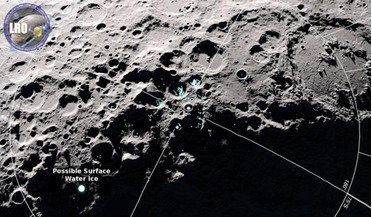 11 March 2019
LAMP shows migrating water molecules on the Moon
11 March 2019
LAMP shows migrating water molecules on the Moon
... the poles. However by using a UV spectrograph, known as the Lyman Alpha Mapping Project (LAMP) instrument, on NASA's Lunar Reconnaissance Orbiter (LRO), a team of scientists have observed water molecules ‘hopping’ around the dayside of the Moon. The...
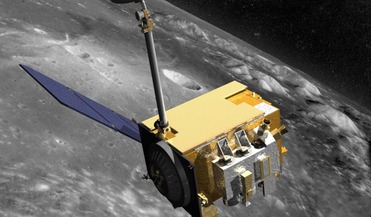 03 July 2020
More metal on the Moon than previously thought, new study suggests
03 July 2020
More metal on the Moon than previously thought, new study suggests
... mine the Moon, a new study by scientists using the Miniature Radio Frequency (Mini-RF) instrument on NASA's Lunar Reconnaissance Orbiter (LRO) spacecraft will be a welcome delight, as data reveals that the Moon's subsurface might be richer in metals...
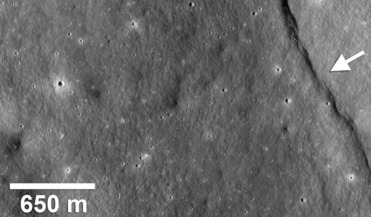 13 May 2019
New study suggests Moon is still tectonically active
13 May 2019
New study suggests Moon is still tectonically active
... of the quakes with the help of data from NASA's Lunar Reconnaissance Orbiter (LRO). Moonquakes, like the recent marsquakes that were recorded ... the to-ing an fro-ing the Moon experiences as it orbits the Earth. The team also go on to say that ...
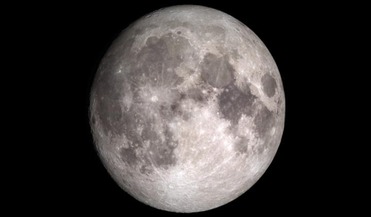 26 February 2018
More water on the Moon than previously thought
26 February 2018
More water on the Moon than previously thought
...shaded craters near the poles. However, data gathered from both India's Chandrayaan-1 spacecraft and NASA’s Lunar Reconnaissance Orbiter (LRO), detected signatures interpreted as water in sunlight reflected from the Moon's surface. Not only that, but...
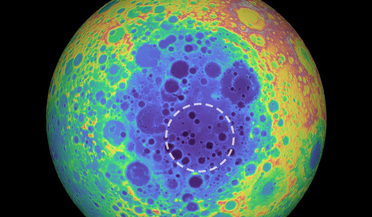 12 June 2019
Mysterious mass found under Moon's South Pole
12 June 2019
Mysterious mass found under Moon's South Pole
... Moon. The data used had been collected by NASA’s Gravity Recovery and Interior Laboratory (GRAIL) mission;...body. "When we combined that with lunar topography data from the Lunar Reconnaissance Orbiter, we discovered the unexpectedly large amount of...
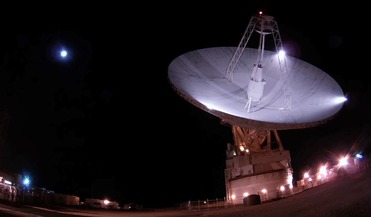 10 March 2017
New interplanetary radar technique spots "lost" lunar spacecraft
10 March 2017
New interplanetary radar technique spots "lost" lunar spacecraft
... is set to change that as scientists have used an interplanetary radar to successfully spot both NASA's Lunar Reconnaissance Orbiter [LRO] and the “lost” Indian Space Research Organisation's Chandrayaan-1 spacecraft. Pioneered by scientists...